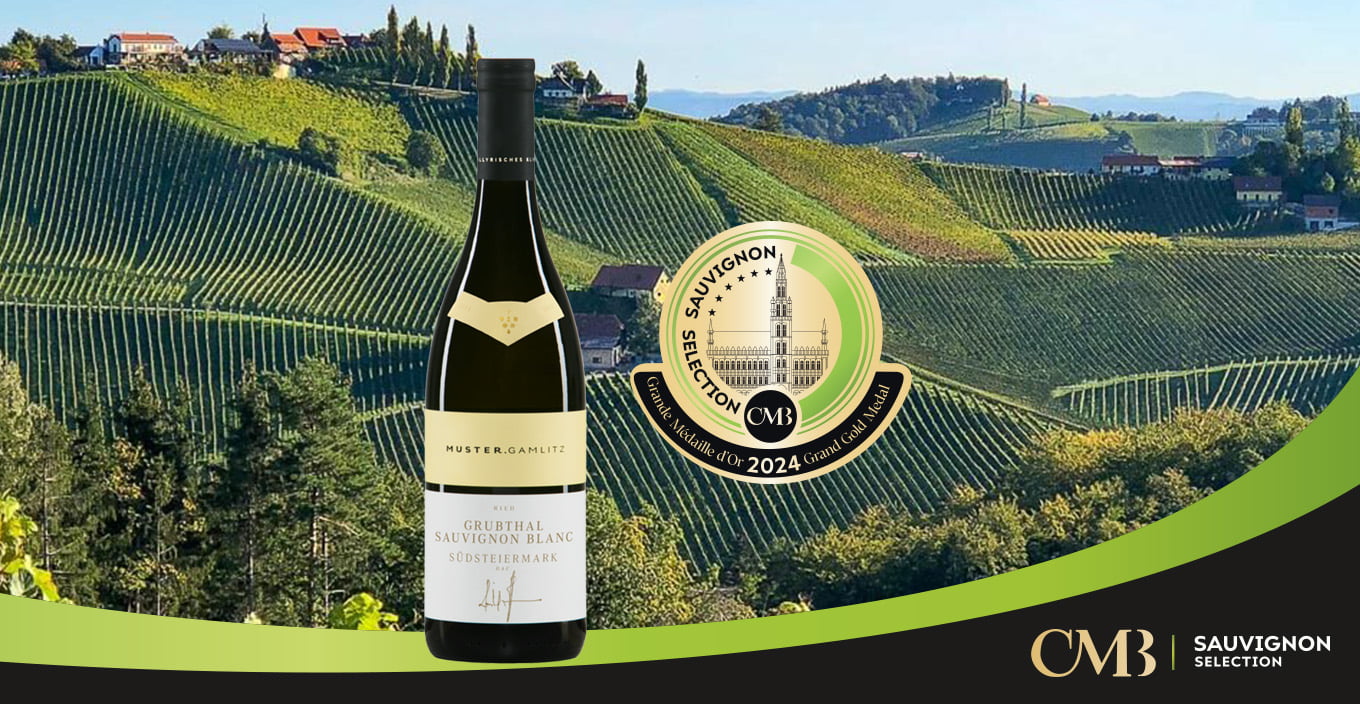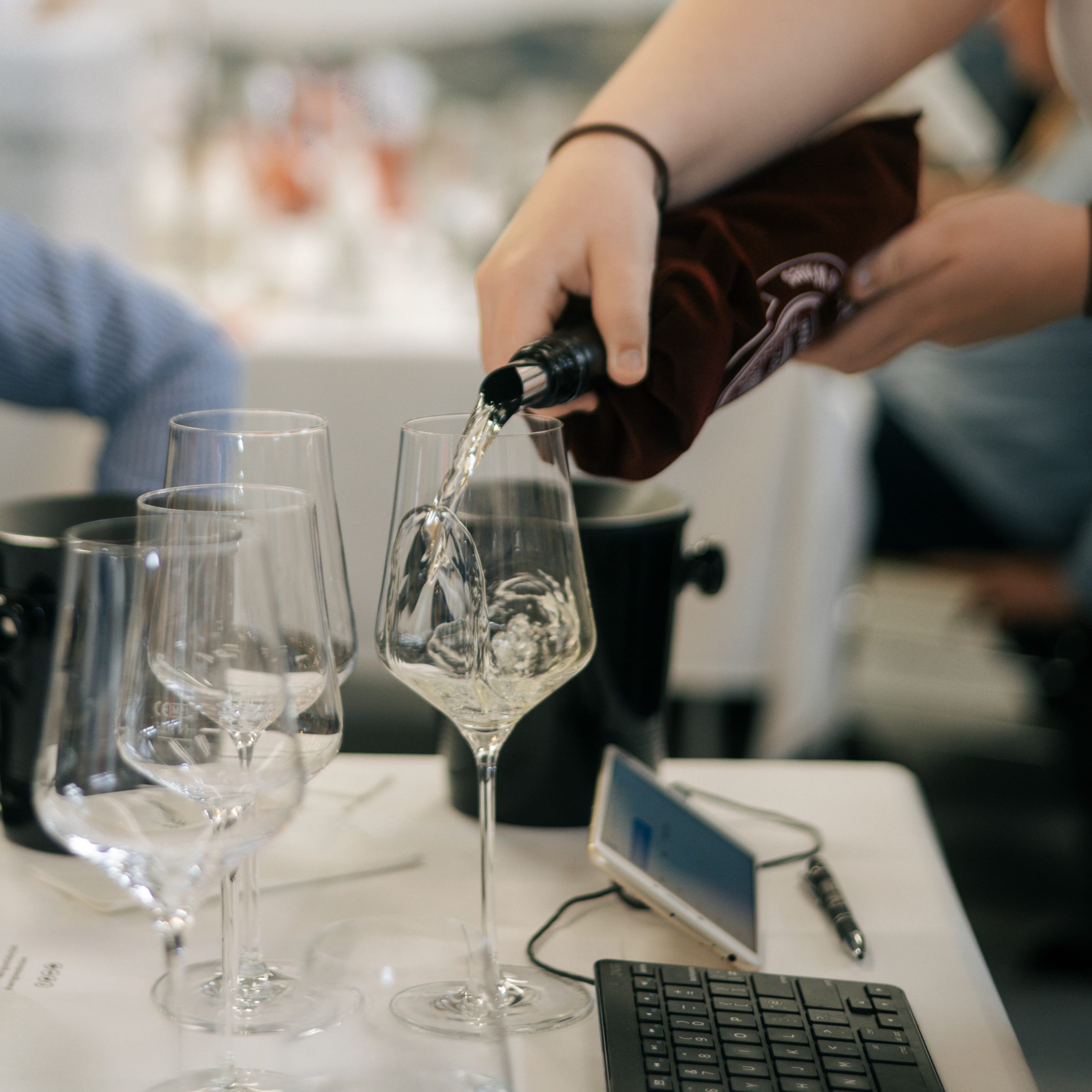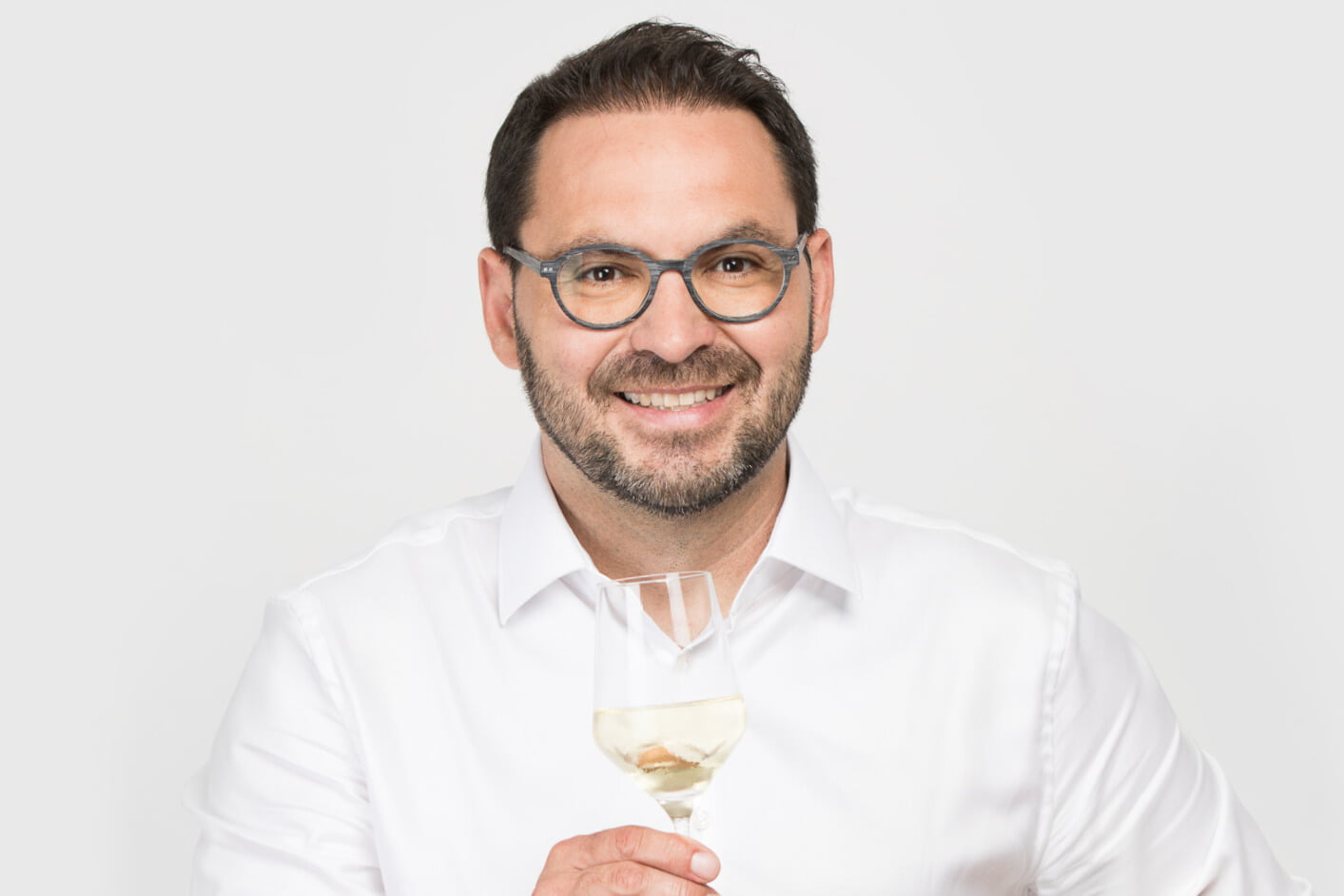Sauvignon blanc: Sweetness is an invincible force
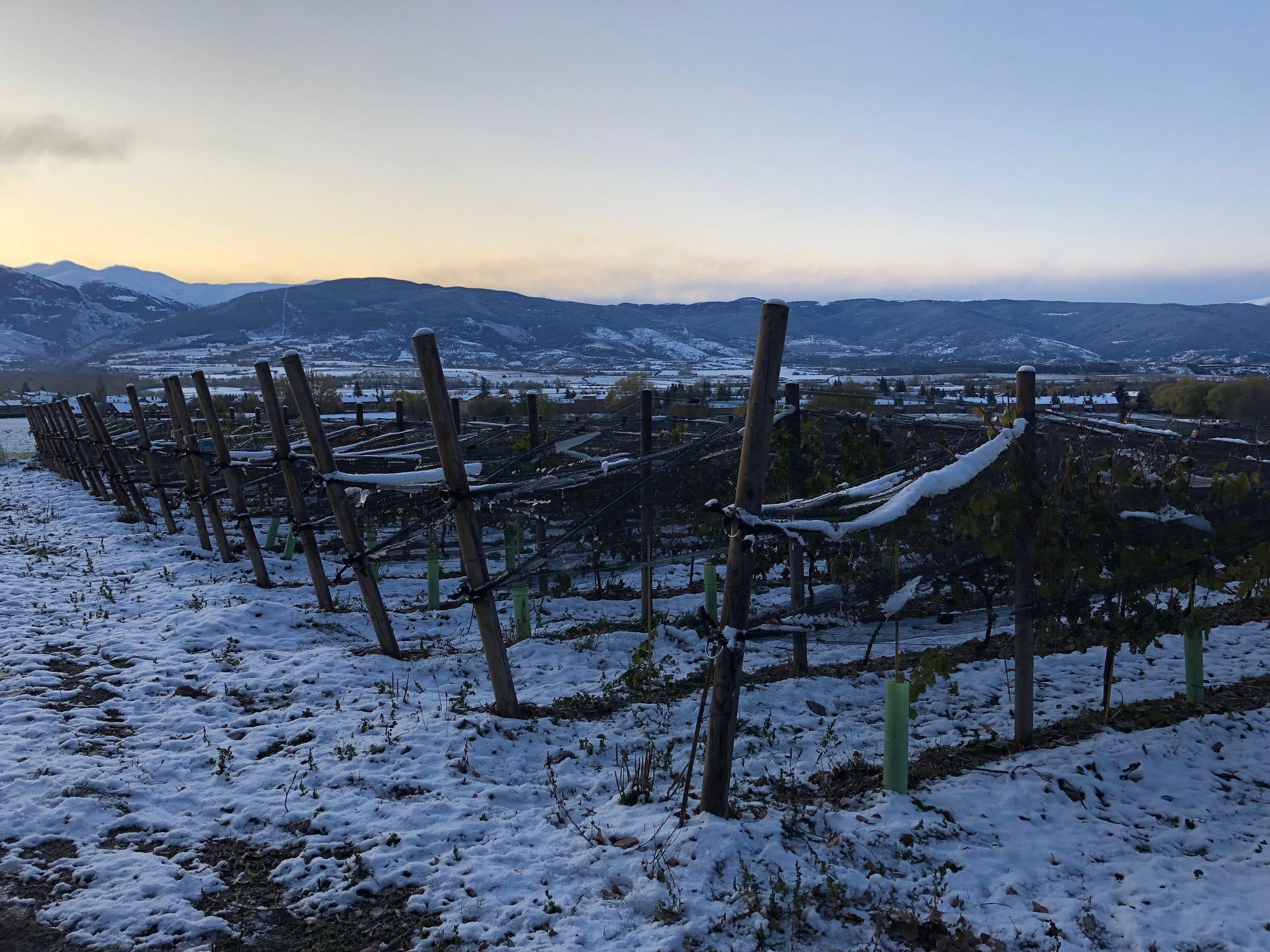
Everyone is familiar with and enjoys Sauvignon for its incisive edge, its razor-sharp tension, but the varietal also has the ability to voice its qualities in the noble rot wine category. Encapsulating sense of place and illustrating technical prowess both in the vineyard and the winery, sweet Sauvignon blanc expresses the inherent characters of this ‘cross-country’ grape variety. Frédéric Galtier sheds some light on four different experiences, ranging from Catalonia and Sauternes to as far away as Chile and New Zealand.
Llivia (La Cerdanya): The high-altitude, enclave wine
“We love La Cerdanya and Sauvignon”, comments Isaac Rigau. He and fellow Catalan winemaker Anna Baquès have settled at over 1,250 metres above sea level in the Spanish enclave of Llivia, 15 km from Font Romeu, in the Pyrenean region of La Cerdanya. The project is the materialisation of a dream and fusion of two passions – winegrowing and the mountains. The winemakers have every confidence in the potential of a region which until now has been uncharted territory for winegrowing. Their Celler Llivins is the only winery in La Cerdanya.
The project materialised in 2011 when 2,400 Sauvignon vines were planted over just under one hectare. The vineyards bask in extensive hours of sunshine – the Mont Louis solar furnace is just a few kilometres away – and enjoy the beneficial, purifying effects of the föhn wind. Originally, the land was bare – there were no vineyards or winery. Establishing both in a region with a very distinctive climate, where mountain winegrowing is often heroic and fickle, was a challenge. But mountains can also be the scene of inspiring stories and produce highly expressive wines with profound Sauvignon blanc characters, stamped with the rugged beauty of the landscapes. Here, two wines are grown – the Blanc de Neu (or snow white in Catalan, a dry, single varietal Sauvignon) and the Blanc de Gel or ice white in Catalan, again a single varietal Sauvignon blanc, but this time an ice wine.
“We had already worked with this grape variety in Garraf – a maritime sub-region in Penedès, Barcelona – at Can Ràfols dels Caus. Then we wanted to see a benchmark Sauvignon region in the flesh and travelled to New Zealand and the Loire. This is a variety that thrives on heat constraints and when we decided to move to La Cerdanya, our thoughts immediately went to Sauvignon”, explains Isaac. Anna adds: “We also love sweet wines but with pronounced acidity. I come from Sitges on the coast where we produce slow-maturing wines from Malvoisie that will keep for years. That’s the model for our inspiration”.
Vineyard management is based on permaculture, a technique that fosters collaboration with nature rather than working against it. Vines are planted close together but the canopy is well-aerated. Pruning is late to avoid the pitfalls of adverse weather and the vines are protected with netting against hail. “This is reassuring for us. A disaster can happen so quickly. It also promotes thermal inertia of 2 to 3°C, which can save the crop”.
The winery is small, with a capacity of just 40 hectolitres. Building it amongst the vines in 2017 made it all the more challenging: “Everybody thought our winery would be in the village, but to produce ice wine you need to be as close as possible to the vineyard. We pull out all the stops to grow the finest fruit – we are not going to mishandle it in the winery!” explain the winemakers.
These are risky wines to make and the hazards are numerous. Production is on a boutique scale. The vineyard produces 3,600 kilos of grapes for the dry Blanc de Neu, but just 400 kilos for the Blanc de Gel. Yields are extremely low, which is why the 2018 vintage produced just 200 litres. The must is concentrated due to the frozen fruit, which is harvested by hand and by night. The resultant wine has 15.3% ABV with 67g of residual sugar. It shows impressive nuance and concentration. Although the first vintage released struggled to find and express its style, the 2018s (Neu and Gel) offer a perfect rendition of the varietal and this singular vineyard site. Their success is undeniable.
Errazuriz: The mountain…and valley wine
This may well be an altogether different project on a different scale, but it promotes late harvest Sauvignon in exactly the same way. For over 25 years, the celebrated Chilean winery Viña Errazuriz has been focusing on this style of wine. Its deputy head of winemaking, Pedro Contreras, explains: “Sauvignon is a grape variety that encapsulates the different vintages and has a predisposition for developing noble rot when weather conditions are favourable. It is a variety that has excellent natural acidity and produces balanced wines”.
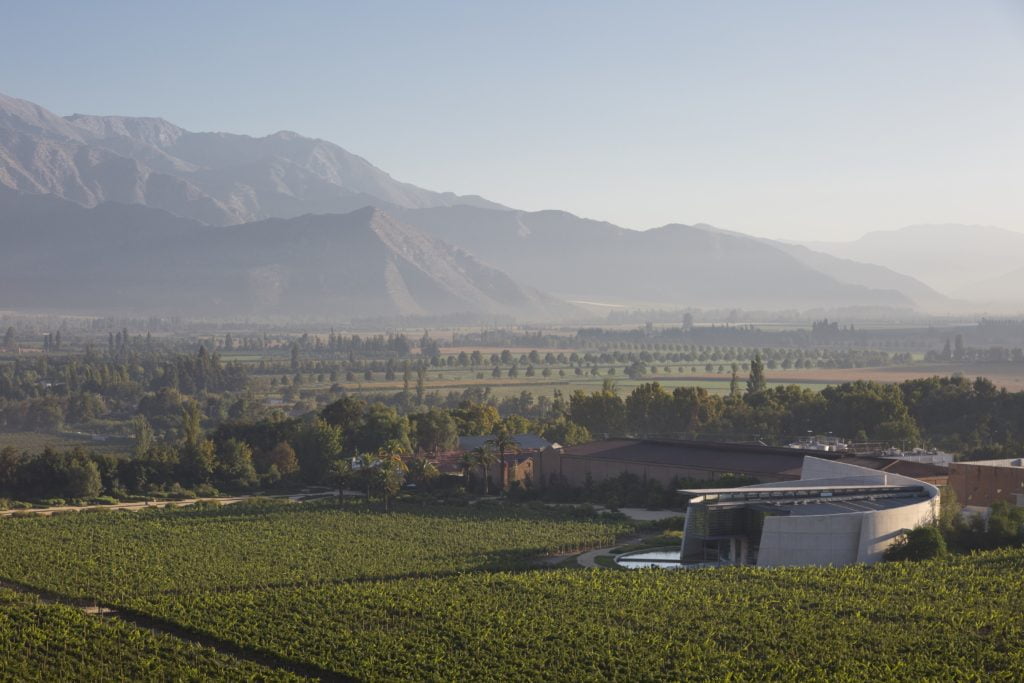
Casablanca Valley, one of Chile’s prime vineyard sites for Sauvignon blanc
The grapes for the Late Harvest Sauvignon Blanc come from vines located in the Casablanca Valley and were planted in 1992. Cool Ocean winds mitigate the high temperatures during the ripening phase. The fruit is picked by hand and sorted in the vineyard based on the intensity of the botrytis. The clusters are pressed whole to ensure clean, gentle extraction. “We aim for the slowest possible fermentation which is essential for good aroma development”, adds Pedro. The biggest challenge for this type of wine is for the noble rot to spread across the vineyard, a condition that varies every year. Subsequently, 60% of the must is fermented in stainless steel tanks and the balance in second-use French oak casks. Oak ageing lasts for around ten months.
“Using oak casks is a technical decision stemming from experience”, comments the winemaker. “It produces greater complexity on the nose and maximises roundness on the palate, both of which are particularly compelling”. Producing this type of wine is no mean feat, especially in the vineyard where the risks are compounded, but it showcases the company’s expertise. Marketed in 50 cl bottles for around USD 20-25, the Late Harvest Sauvignon Blanc has 12% ABV and 100g of residual sugar. Its main markets are England, Holland, Mexico, Canada and… Chile! Not to mention Sweden where it was served at the gala dinner for the 2017 Nobel Prizes.
Clos Henri: From Sancerre to Marlborough
“We don’t produce our Patience Late Harvest Sauvignon Blanc every year, it depends on the weather and the vintage”, comments, right off the bat, Damien Yvon, director of Clos Henri Vineyard, the New Zealand venture of Sancerre’s Henri Bourgeois family. Admittedly, there were previous experiments with Sémillon, but the results with Sauvignon proved to be the most convincing.
“In terms of climate, we have magnificent Indian summers and if the cyclones leave us alone (Ed: which wasn’t the case in 2017 and 2018), the year will be suitable for producing our late harvest Sauvignon”. Intense sunshine and mild temperatures help control the spread of noble rot. The Wairau Valley’s cool climate, cooler than in Sancerre, retains freshness and acidity.
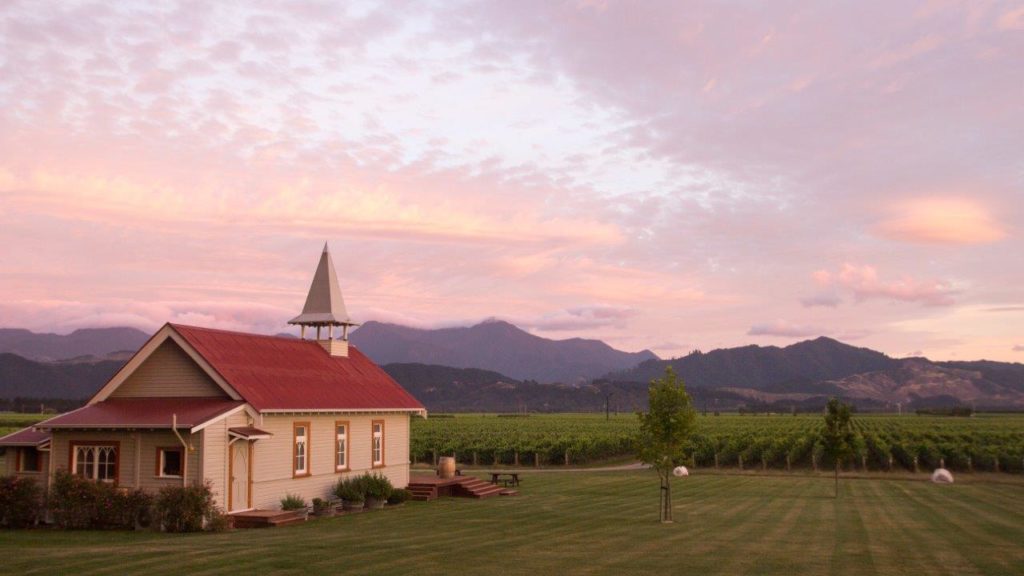
A view of Clos Henri, Sauvignon vines and the Wairau Valley
The fruit is picked by hand and sorted on the vine itself. Production is no higher than 15 hectolitres per hectare. In the winery, simplicity is the norm. Pressing can last for four hours, and the rate is very slow – “this is drip pressing!” Yields are low – whereas for the dry wines, each tonne of fruit produces 770 litres of must, for the Patience Late Harvest Sauvignon Blanc production is no higher than 450 litres.
“The juice comes out cloudy and cannot be racked. It is lightly clarified using gravity then placed in new oak barrels to ferment”, adds the winemaker. Low temperatures and an abundance of sugar then alcohol put the yeast through its gruelling paces, paving the way for slow barrel fermentation. This guarantees the quality of the wine which achieves balance at around 12.2 or 12.3 % ABV and 110g of residual sugar.
“For dry wines, we are wary of using new barrels but for sweet wines, we need them. The barrels are steam cleaned to remove the coarser tannins but this is such a complex wine that there is no patent oak influence, even after 12 to 18 months’ ageing”.
From a purely commercial aspect, this style of wine – which is bound to be expensive – is problematic. The result of risky, even acrobatic winegrowing, it also epitomises the winery’s expertise though, and broadens its portfolio, which can make the difference in a competitive marketplace. “It is a way of breaking away from the sometimes standardised image of Sauvignon, a variety that can be misunderstood or misinterpreted when in fact it is incredibly complex and diverse”, marvels Damien.
The wines are mostly sold at the cellar door – in New Zealand but also in Sancerre, France. Top-end restaurants also stock it and serve it by the glass: “It is such a stable wine that it keeps beautifully, even after the bottle has been opened”, concludes Damien.
Sauternes: honour where honour is due…
It is a widely known fact that Sauternes ends in ‘on’, as in Sémillon, but also Sauvignon. Sauvignon is an integral part of this benchmark appellation for noble rot wines, but also factors into the genetic make-up of white Bordeaux wines across the spectrum.
“Some companies focus more on Sauvignon than others, and that’s true of Château Giraud. The proportion of Sauvignon blanc in our wines stands at 35% compared with 5 to 10% for our competitors”, explains Luc Planty, the young managing director of the Sauternes First Growth. “We have focused our attention on the varietal’s clones, and we use massal selection in our vineyards, the aim being to enhance terroir effect and promote expression in the wines across the entire acidity range”, he continues. This is where Sauvignon comes into its own, adding an acidic feel which imparts balance when residual sugar levels soar. “This acidic feel and tension are in some ways the company’s signature style. It’s a love/hate thing, but that’s the choice we have made”, he adds.
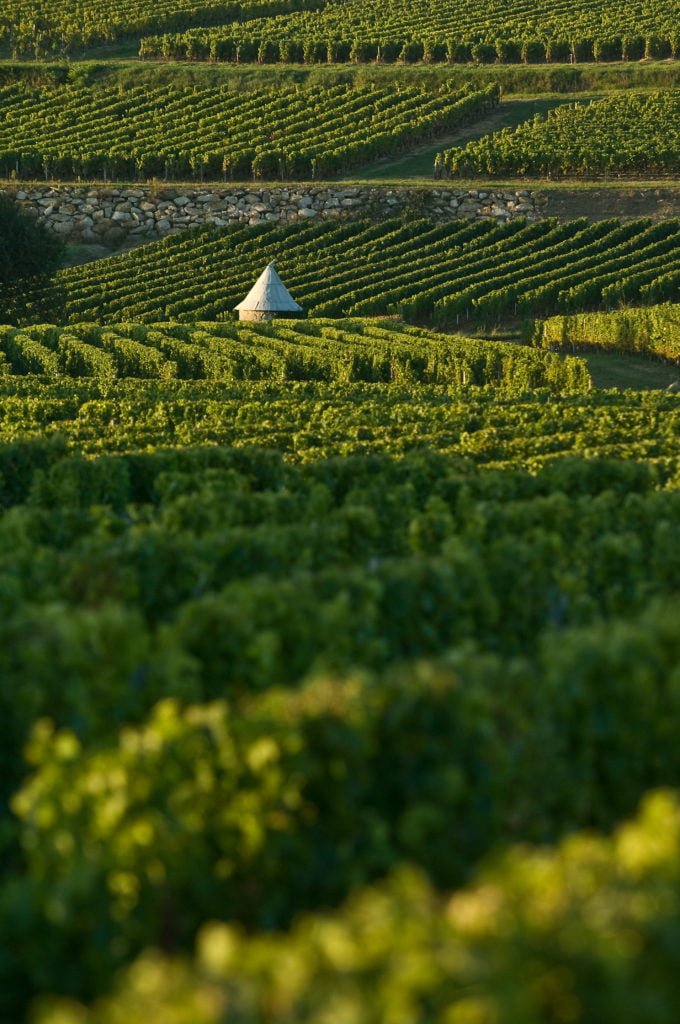
Château Guiraud, a Sauternes First Growth with a distinct Sauvignon bent
The estate boasts 110 hectares under vine, including 45-50 planted to Sauvignon blanc. Vineyard management is organic and involves permaculture. The grapes are picked by hand around September 10 for the dry wines and harvesting continues through to the second fortnight in October for the noble rot wines. Eighty thousand bottles of the First Growth are produced and sell at between 50 and 70 euros for a 75-cl bottle. Production of the chateau’s second wine, Le Petit Guiraud, is slightly smaller at 70,000 bottles, with a price tag of 22-25 euros. The main markets are North America, Asia – particularly China – and Northern Europe. Nearly 10% of production is sold at the estate.
The property’s strategy dates back to the 1980s and is highlighted by the choices made by the winemaker, who has a passion for Sauvignon and its ability to “light up” Sauternes. Since 2001, Château Guiraud has had its own conservation centre as part of the ‘Bordeaux White Varietal Association’. Around fifteen wineries in the appellation are part of the project which safeguards this natural heritage comprising over 70 Sauvignon blanc vines. The initiative maintains biodiversity in the vineyard and guarantees its longevity.
“As part of this conservation centre, we monitor the vines’ phenology and do small-batch fermentations which provide input for our database. This enables us to make the appropriate decisions that will magnify sense of place and give the wine an original style”, concludes Luc.
This is one initiative that deserves a follow-up and we will be going into greater detail in another article. But all of these examples illustrate the motivation of producers who, despite the distance between them, share a belief in Sauvignon blanc’s multiple talents, which clearly apply to the noble rot category too. The producers are also mindful to differentiate the wines they make from the now global varietal that is Sauvignon.
